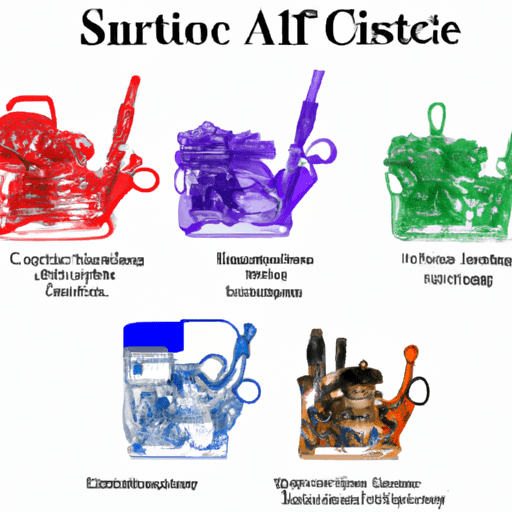In the early days of automobiles, engine ignition and fuel delivery systems were relatively simple by today’s standards. Most engines used a carburetor to mix fuel and air for combustion, and the ignition system relied on a distributor, spark plugs, and coil to provide a spark to ignite the fuel mixture. However, as time went on, new technologies were developed that allowed for more advanced ignition and fuel delivery systems. In this article, we will take a look at the evolution of engine ignition and fuel delivery systems, from carburetors to direct injection.
Carburetors
The carburetor was the primary fuel delivery system used in automobiles for many years. It was first patented in 1888 by German engineer Karl Benz, who also created the first gasoline-powered automobile. The carburetor is essentially a tube with a narrowing constriction in the middle called a venturi. As air flows through the venturi, it creates a low-pressure area that draws fuel from a reservoir and mixes it with the air. This fuel/air mixture is then sent to the engine’s cylinders for combustion.
While carburetors were simple and effective, they had some significant drawbacks. One of the biggest issues was that they had difficulty maintaining the optimal air/fuel ratio across all operating conditions. This led to poor fuel economy and emissions, as well as reduced engine performance. To address these issues, new fuel delivery systems were developed.
Fuel Injection
Fuel injection was first introduced in the 1950s as a way to improve engine performance and fuel economy. Rather than relying on a carburetor to mix air and fuel, fuel injection systems use an injector to spray fuel directly into the engine’s cylinders. The amount of fuel injected is determined by a computer that monitors various engine parameters, such as air flow, engine speed, and throttle position.
Early fuel injection systems were mechanical, meaning they used a series of gears and linkages to control the amount of fuel delivered. Later systems became electronic, using sensors and a computer to precisely control fuel delivery. Electronic fuel injection (EFI) systems offer several advantages over carburetors, including better fuel economy, reduced emissions, and improved engine performance.
Electronic fuel injection systems have also evolved over time. Early EFI systems used a single injector to deliver fuel to all of the engine’s cylinders. This was improved upon later with multi-point fuel injection, which uses individual injectors for each cylinder. This allows for more precise fuel control and better engine performance.
Direct Injection
The latest evolution in fuel delivery systems is direct injection. Unlike traditional fuel injection, which sprays fuel into the engine’s intake manifold, direct injection injects fuel directly into the combustion chamber. This allows for even more precise fuel control, which results in improved engine performance, fuel economy, and emissions.
Direct injection also allows for more efficient combustion, which is especially beneficial in turbocharged engines. Turbocharged engines produce more power by compressing air before it enters the engine’s cylinders. However, this also increases the temperature of the air, which can cause detonation (premature combustion) if the fuel mixture isn’t precisely controlled. Direct injection allows for better control of the fuel mixture, which reduces the risk of detonation and allows for more aggressive turbocharging.
Another benefit of direct injection is that it allows for the use of alternative fuels, such as ethanol and compressed natural gas (CNG). These fuels have different combustion characteristics than gasoline, which can make them difficult to use with traditional fuel injection systems. Direct injection allows for more precise control of the fuel mixture, which makes it easier to use alternative fuels.
Ignition Systems
While fuel delivery systems have evolved significantly over the years, ignition systems have also undergone some changes. The old-fashioned distributor, spark plugs, and coil system has largely been replaced by electronic ignition systems.
Electronic ignition systems use a computer to control the timing of the spark plug, which ignites the fuel mixture in the engine’s cylinders. This allows for more precise control of the ignition timing, which can improve engine performance and fuel economy.
Another technological advance in ignition systems is the use of coil-on-plug (COP) systems. With a traditional ignition system, a single coil provides the spark for all of the engine’s spark plugs. However, with a COP ignition system, each spark plug has its own coil. This allows for more precise control of the spark timing, which can improve engine performance and fuel economy.
Conclusion
Engine ignition and fuel delivery systems have come a long way since the early days of the automobile. Carburetors gave way to electronic fuel injection, which has now been surpassed by direct injection. Meanwhile, electronic ignition systems have replaced the old-fashioned coil, distributor and spark plug system. These technological advances have resulted in improved fuel economy, reduced emissions, and better engine performance. As automotive technology continues to evolve, it will be interesting to see what the future holds for engine ignition and fuel delivery systems.

